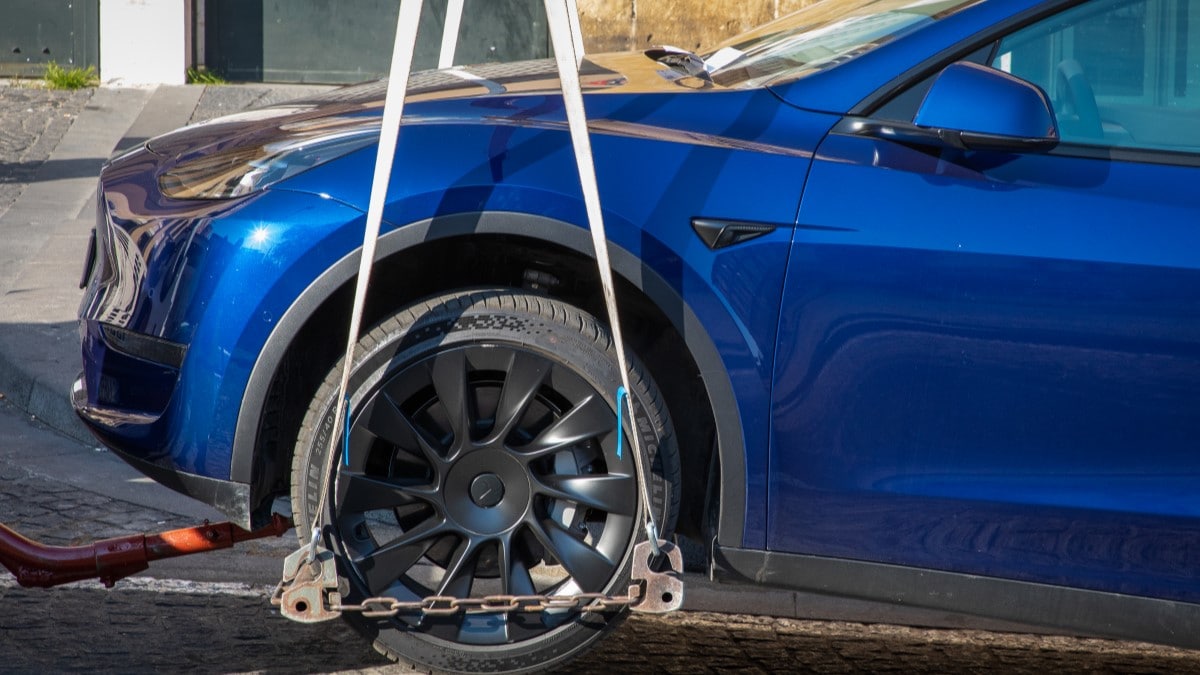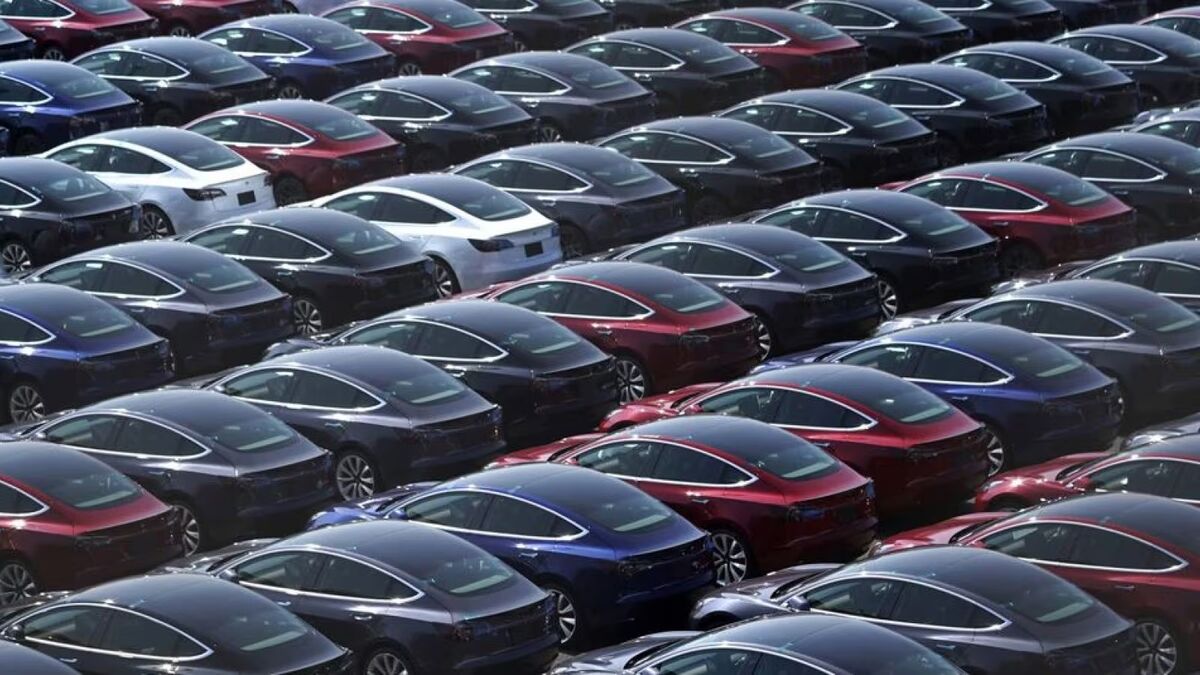Electric cars are less likely to cause a rear-end accident than gas-powered cars but more likely to be rear-ended themselves.
That odd finding comes from a study of insurance claims conducted by Mitchell, a company providing much of the software that powers the car insurance and auto repair industries. The finding may have simple explanations.
Repair Costs Coming Down for Everyone
Mitchell says that just 3.01% of insurance claims for car repairs in the U.S. last year involved an electric vehicle (EV). That reflects how rare EVs remain on American roads. EVs made up about 9% of new car sales in the U.S. last quarter, but most cars aren’t new.
Even once EVs become the majority of new car sales, it will still be many years before they’re the majority of cars on American roads or in American crashes.
EVs remain more expensive to fix than gas-powered cars. Mitchell calculated that the average claims severity for repairable vehicles in the U.S. was $5,560 for EVs last quarter, while the claims were $5,229 for plug-in hybrids (PHEVs), $4,426 for mild hybrids, and $4,741 for gas-powered cars.
Those results are between 2% and 14% lower than a year ago. A quirk of one brand’s design holds EV repair costs high. Mitchell has reported that Tesla vehicles cost more to repair than EVs from other brands. A Tesla battery is a single unit and a structural part of the car. Even minor damage to a Tesla can require a complete battery replacement. Most rivals now use modular batteries that aren’t part of a car’s frame. Technicians can repair them in part rather than entirely replacing them.
EVs take the longest to repair of any type: 19.5 days on average, compared to 16.5 for gas-powered cars.
EVs Get Rear-Ended More
Perhaps the strangest repair figures involve rear-end accidents.
Front-end damage is more common on gas-powered cars, Mitchell reports. “However, the same pattern does not exist for BEVs [Battery Electric Vehicles – a term Mitchell uses for EVs] where the point of impact is most likely to be the rear end of the vehicle (left rear, right rear or rear center) with 35.98% of BEV repairs classified as a rear-end impact versus only 27.57%” for gas-powered cars.
Two likely explanations account for the difference, the company says.
EVs may cause fewer rear-end collisions because they’re newer and more likely to have automatic emergency braking. Studies show that automatic emergency braking significantly reduces a car’s chance of colliding with the vehicle in front of it.
Related: What Is Automatic Emergency Braking?
Almost all new gas-powered cars have such systems, too. They’ll be mandatory in all cars beginning in 2029.
As a relatively new technology, EVs are more likely to be new vehicles. Fewer EVs on the road lack automatic emergency braking.
Mitchell has a theory on why EVs are more likely to be hit from behind, too.
The company cites “different braking dynamics for BEVs when driving in single-pedal mode, which may result in more rapid deceleration than expected by the driver.” One-pedal driving sees an EV accelerating when the driver presses the accelerator and braking when they lift their foot. It means more frequent, subtle braking than surrounding drivers are used to.
The EV’s braking pattern may catch other drivers by surprise and cause them to hit the EV in front of them. If Mitchell’s theory is correct, the problem should fade as more cars on the road have automatic emergency braking systems because of the 2029 mandate.








